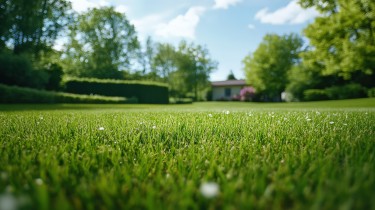

Discover the Secret to a Lush and Healthy Lawn
Read More ›
Blog
How (and when) to prune your plants
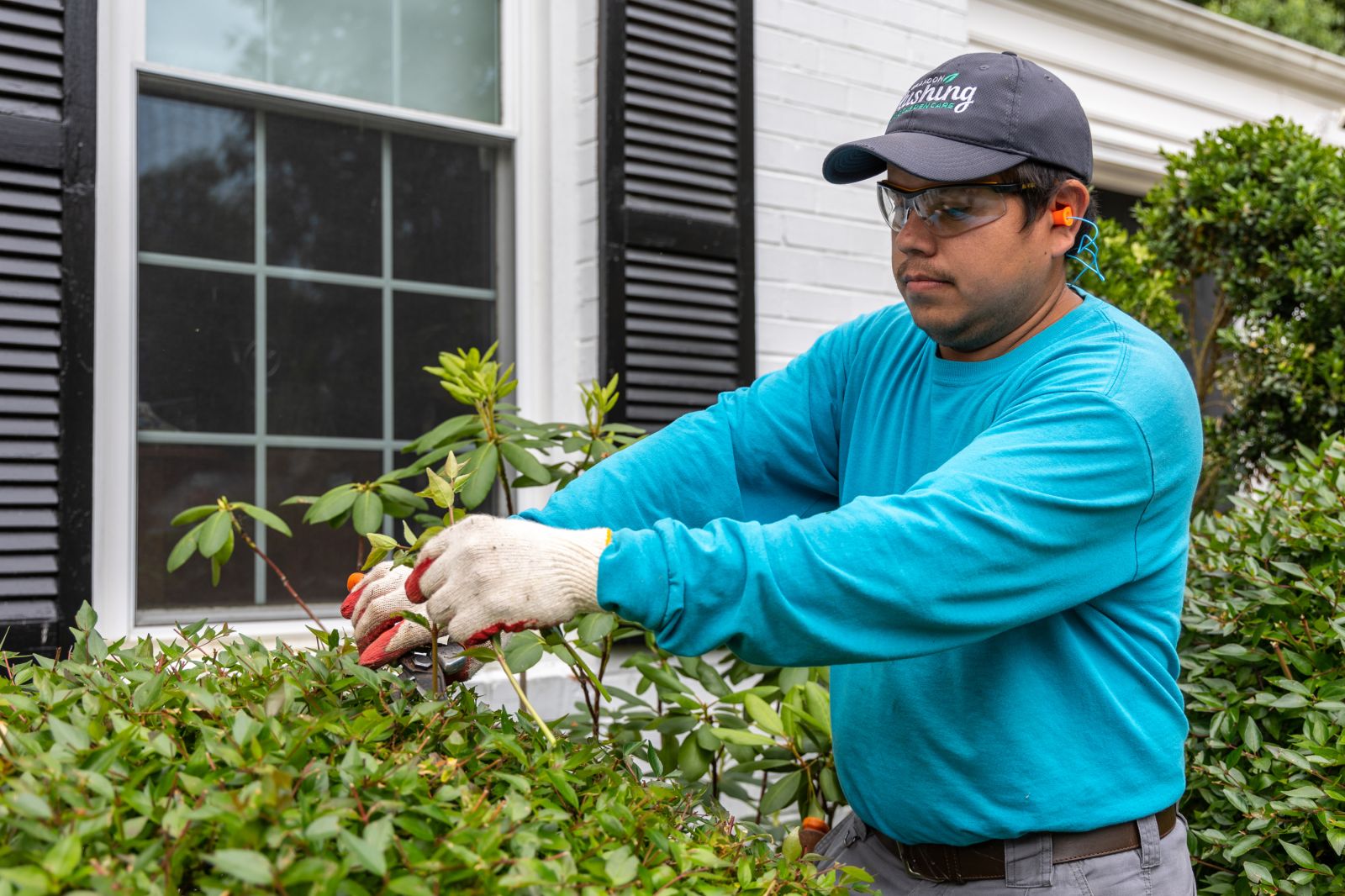
In this guide, we’ll delve into the art of pruning — unlocking the basic secrets to revitalizing your plants and cultivating healthier growth.
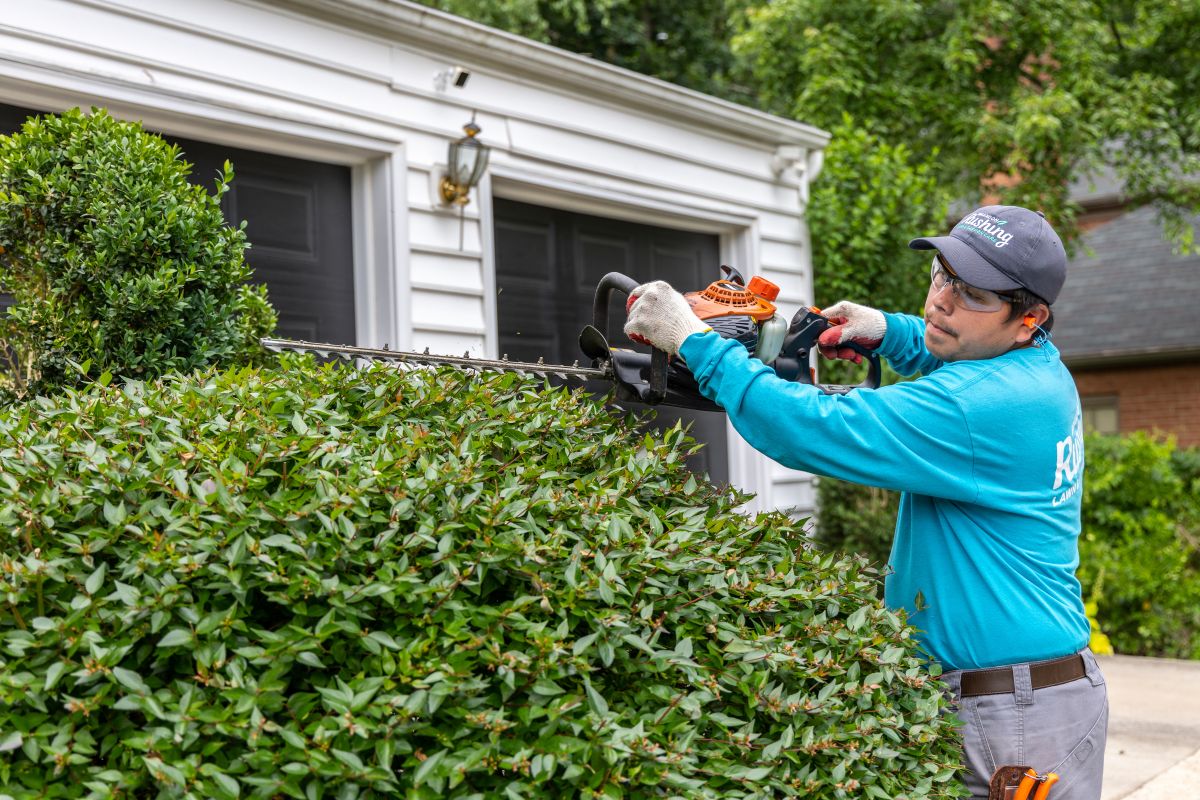
Pruning, quite simply, means trimming a tree, shrub, or bush by selectively removing dead, diseased or overgrown branches or stems to promote plant health, improve aesthetics and control growth.
Each time you prune a tree, you are infllicting damage like when you cut your finger. When pruning, cuts shouldn’t be over two inches in diameter. At this size, the wound is small enough to be quickly repaired by the tree, with the cut covered by callus tissue called woundwood.
Occasionally, you may need to cut a branch or limb larger than two inches. If this is the case, it’s important to note that even large wounds be left to heal on their own and not covered with any type of paint. Wound dressings don’t protect the tree from infections — they tend only to seal in moisture and encourage decay.
But safety isn’t the only benefit we derive from pruning.
At the bare minimum, trees should be inspected regularly, pruning away any branches or limbs that are damaged, dead or weak. By removing these potential hazards, you improve the structural integrity of your plants and increase their lifespan — and ensure falling limbs don’t damage your person or property.
But safety isn’t the only benefit we derive from pruning.
At Brandon Rushing, our maintenance pruning schedule begins in May and is completed in October.
Late spring is a great time to prune ornamental trees and shrubs… however, pay attention to bloom times for each specific plant to avoid nipping off the buds.
The end of the pruning season includes most evergreens like yews, holly, boxwood and nandina. We also tend to any ground covers that need pruning before the winter.
The next phase is dormancy pruning, typically done in January and February. This service includes roses, spirea, hydrangea, and most deciduous shrubs and trees. Pruning during dormancy encourages new growth in the spring — it’s also easier to identify branches and limbs that need removing without leaves being in the way.
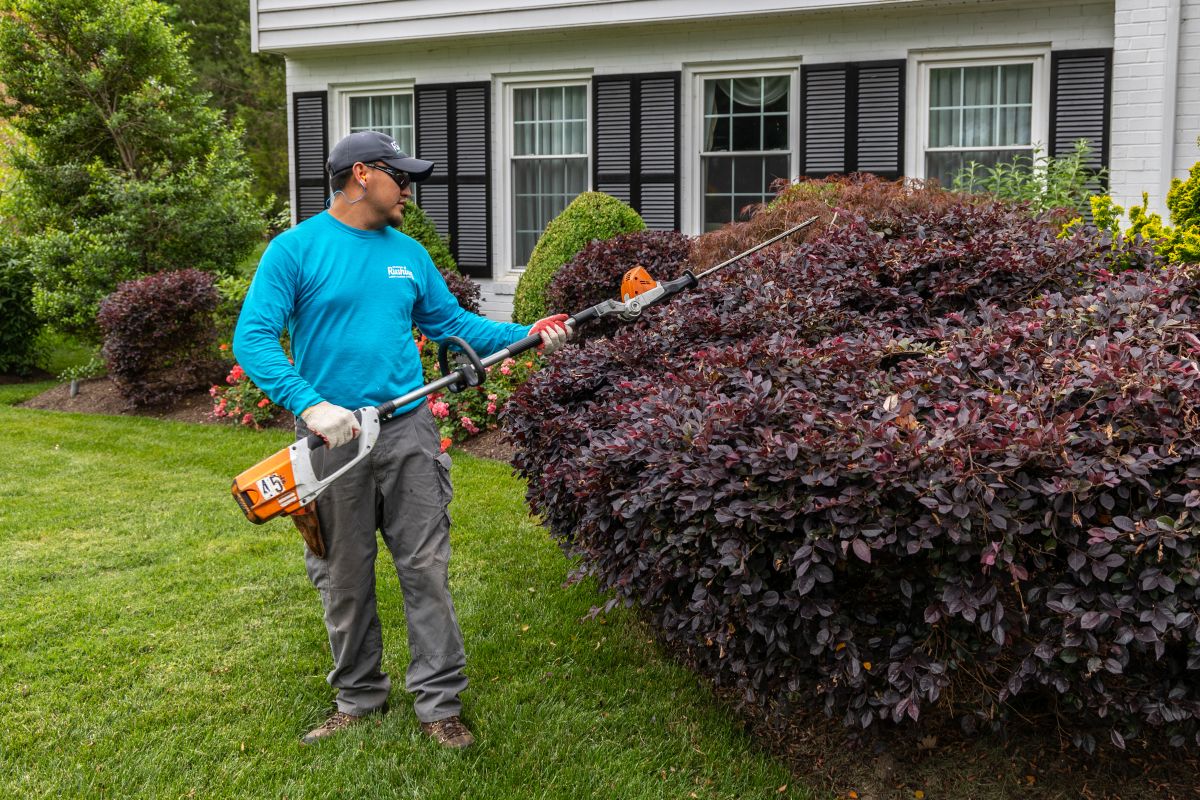
Before you start pruning, you need to identify your reason for pruning. Different tools and methods may be used depending on the specific goals and requirements.
Shaping — Pruning a tree to shape it involves selectively removing branches to achieve a desired form or silhouette. Here is a general step-by-step guide on how to prune a tree for shaping purposes.
It's crucial not to remove more than 25% of the tree's canopy in a single pruning session to avoid putting too much stress on the tree or shrub. Gradual pruning over multiple years is usually recommended for significant shape changes.
Thinning — Pruning a tree to thin it involves selectively removing branches throughout the canopy to reduce density and improve air circulation and light penetration. While similar to how to shape a tree, there are a few differences.
It's important not to remove too much foliage in one pruning session. Cut off no more than one-third of the live branches to keep the plant healthy.
Rejuvenating — Pruning a tree to rejuvenate it involves a more aggressive approach to stimulate new growth and restore vitality to an aging or declining tree.
After rejuvenation pruning it’s important to give your plants a little extra TLC. Ensure they’re appropriately watered, fertilized (if necessary) and monitored for pests or diseases.
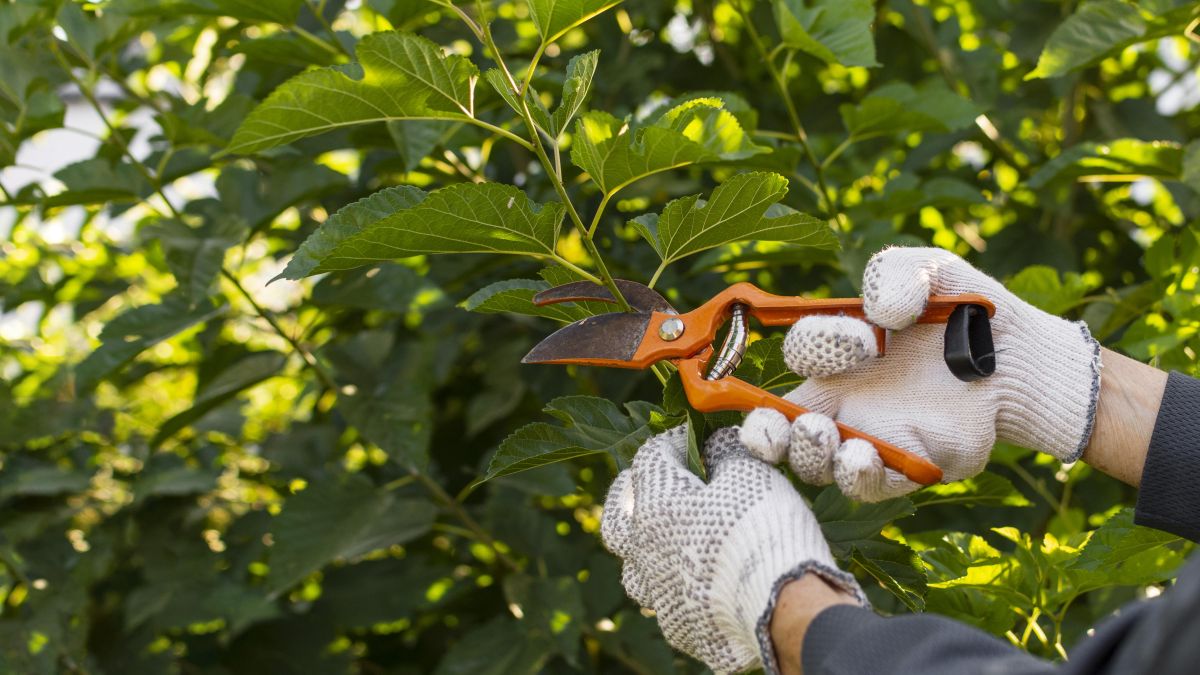
You’ll need a variety of tools for pruning, including hand pruners, loppers, pruning saws, hedge shears, pruning sheers and perhaps even a chain saw. You’ll also need some way to safely reach the higher branches.
Keep all tools sharp and clean between cuts to avoid spreading disease.
Check out this short video from Lowes for a basic primer on pruning trees.
Pruning a tree or shrub requires knowledge and skill to achieve the desired results without compromising their health or structure. If you are uncertain about how to prune correctly or when to prune certain shrubs or trees, just book a consultation with our team. Pruning is one of the many services we provide, and we’d be happy to help.
Written by Brandon Rushing, Founder & President
Posted on: October 19th, 2023